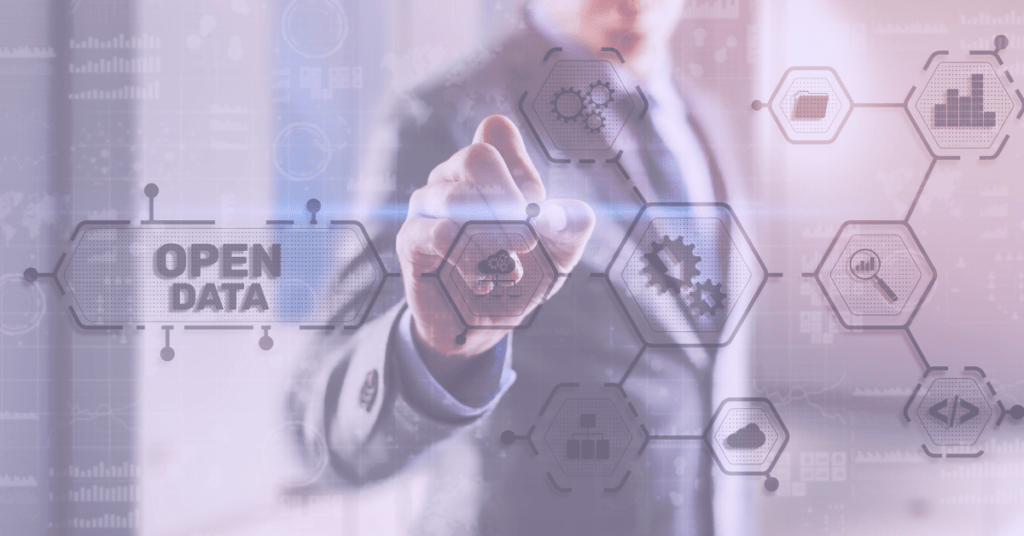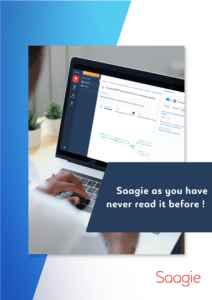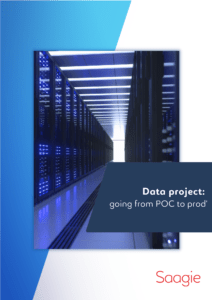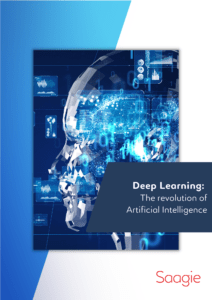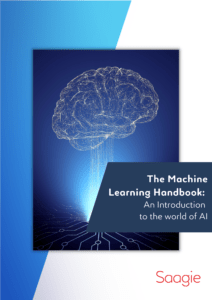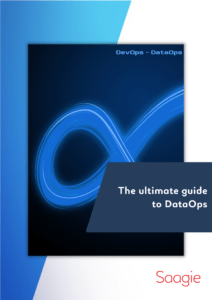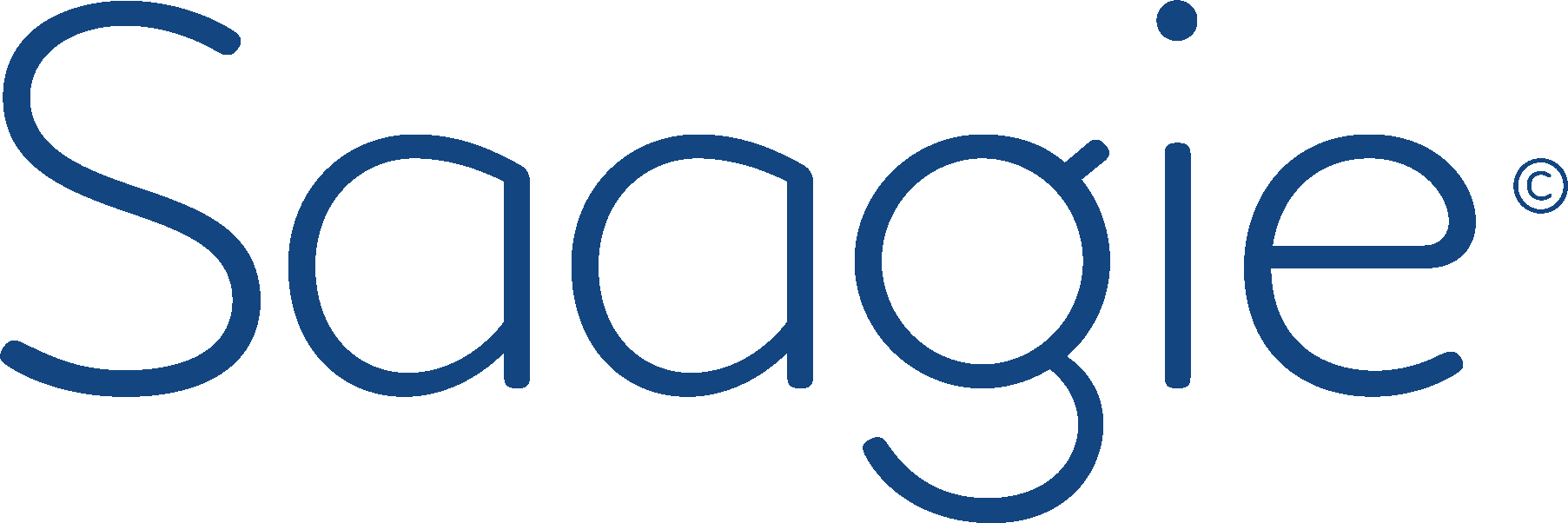Open data refers to the practice of provision of public digital data. The data is accessible online and one can freely consult, share, and reuse these data (statistics, measures, maps, opening times).
The Genesis of Open Data
According to the Sunlight Foundation, American Association in favor of transparency and the provision of data for the public, a given open data is supposed to be able to respond to the following 10 criteria: be complete, primary, timely, accessible, usable, non-discriminatory, owner free, free of rights, permanent and free. However, concerning this last point on free open data, some of them may even be subject to a fee even if they remain very much in the minority. In France, we can cite the National Institute of Statistics and Economic Studies (INSEE), the National Institute of geographic information (IGN), the Hydrographic and Oceanographic Service of the Navy (SHOM) Weather and France; even if the royalties remain exceptions. The concept of Open Data began to attract the interest of the public in 2009, with the opening of Data.gov, The Internet portal of the U.S. federal government. The movement is part of a broader philosophical approach called the Open Knowledge, or “Free Knowledge,” whose values are brought from 2004 by the Open Knowledge Foundation, British association promoting the free culture. It is important to note that in France, the right to access public information was already guaranteed by the Declaration of the Rights of Man and the Citizen of 1789, but it is the digital development, which will give its full extent to the issues of such a right.
Today, thanks to the rapid development of the Web and its many applications, the principle of open data tends to democratize, by registering in a global modification of our perception of the information and knowledge. The Open Data shines primarily on the economic plans, scientific or social. In effect, if in a first time some public or private actors were reluctant to the idea of such a sharing, force sees to it that this provision of data is today more and more current and presents positivity regarding profits, advances, and innovations.
Open data can serve different governments across the world to help highlight and maintain transparency when it comes to the information. Highlighting transparency ensures that the government retains a perfect relationship with their citizens. It also encourages citizens to improve and engage their communities when it comes to local bodies in the government. It serves as a perfect strategy for the citizens to increase the level of efficiency when it comes to several services the government offers. Open data enables students and researchers to facilitate discoveries with the available information. They can quickly lead and read several algorithm patterns, which will allow them to use the knowledge in several aspects of research and learning.
Open Data helps creating various opportunities where organizations and governments can come up with several ways to help address the society’s problems. Some of the issues they may address include health care issues, improvement and planning of transport systems, distribution of various resources, and conversion of insights the public may have into several beneficial actions.
How to Use It and Who Are the Providers?
When they comply with the legal open data framework, the data can be freely disseminated, both by the public services through associations or private companies. Then they can legally be re-used, supplemented, but also corrected, by searchers for example. This transparency, this plurality of utility holes and this submission to the criticism enhance reliability information, thus making it also exploitable by journalists, students and all citizens.
However, if the approach experiences such momentum and now raises a keen enthusiasm, it is because it is a real resource for a multitude of projects, sometimes very innovative. Although the advisory interest is not negligible, it is primarily the exploitation and the crossing of all these data to create new services that give all its meaning to this share. Today, in the areas of finance, transportation, energy, or tourism, there is already a crowd of models who can attest to the benefits of the Open Data. For example, we mainly cite the case of Great Britain, which is only two months, was able to reduce the energy bill by 30% in public buildings through analysing the sources of energy turn.
Even Rennes, which, thanks to the development of the Handimap application by two engineers in computer science, is now able to suggest every disable-adapted routes of the city. Open Data, therefore, reveals to be an infinite source of economic opportunities for many start-ups and a true gold mine for innovation. Pushed even further, this massive amount of data, which is called “Big Data” may once be associated with the development of new systems of artificial intelligence, which allows the use of a much more sophisticated type of open data. Thus, the Machine Learning, or “Automated Programming”, and its derivative, the deep learning, represent the ultimate way to exploit the big data and to find hidden correlation amongst data.
Its Applications on Big Data
The particularity of Big Data, whose term appeared for the first time in 1997, is that it includes a quantity of data that is voluminous and so complex that the conventional treatments no longer allow efficient treating. Those information coming from our digital activities (sending messages, Web content creation, and production of videos) and of various devices made to collect data (climate information, GPS signals, historical of purchases…) represent about 2.5 trillion of additional data each day.
Although it is still difficult to exploit, this matter is very promising, sometimes called “Digital petrol” that therefore, stirs up all the lusts. That is why research is accelerating, eager to find new solutions to analyse, which will undeniably benefit all sectors: science, environment, finance, marketing, defence, political. These issues are therefore crucial.
Today, the potential in this area is vast, Big Data solutions,Deep Learning and Machine Learning, are already the first evidence in many fields. The Open Data is there for many students and researchers to help them have access to actual data and to read and build their algorithms of data science. For instance, thanks to new data, Google has been able to imrove its algorithm; Google DeepMind significantly, thus making it capable of playing to 49 Atari video games. Nowadays, in the field of insurance, the world insurer MetLife has also been able to take advantage of the Big Data, which has led to an improvement of accident tracking, thus maximising the support for claims arising from that place. Open Data, Big Data and all applications that feed on it, therefore, represent, at the global scale, a real revolution for humanity.


